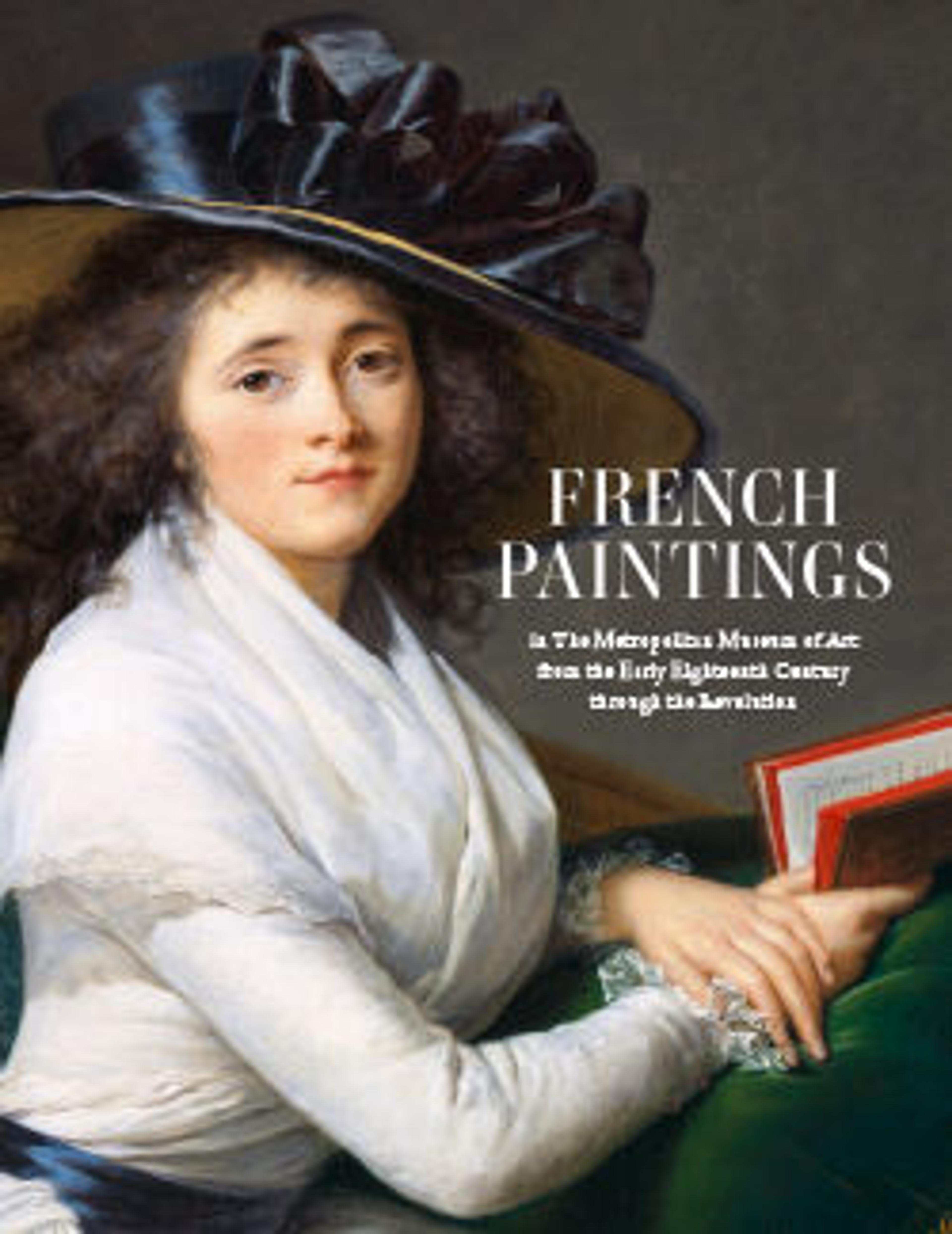The Triumph of Mordecai
In 1736 de Troy undertook seven enormous preparatory designs for tapestries representing the Old Testament story of Esther that were woven at the Gobelins tapestry manufactory. A significant amount of history painters’ commissions came from tapestries, which were considered of suitable scale and prestige for such subjects. This preliminary oil sketch for one of de Troy’s Esther series depicts her kinsman and adoptive father, Mordecai, riding triumphantly through the streets of Susa (present-day Iran). The costumes were doubly imaginary, as de Troy interpreted and exoticized both historical and Middle Eastern dress. Having worked out the figures’ relationships at this reduced size, he later painted a full-scale model (1738–39; Musée du Louvre, Paris) before the first tapestries were woven between 1741 and 1744.
Artwork Details
- Title: The Triumph of Mordecai
- Artist: Jean François de Troy (French, Paris 1679–1752 Rome)
- Date: ca. 1736
- Medium: Oil on canvas
- Dimensions: 33 5/8 x 59 1/4 in. (86 x 150.2 cm)
- Classification: Paintings
- Credit Line: Gift of J. Pierpont Morgan, 1906
- Object Number: 07.225.285
- Curatorial Department: European Paintings
More Artwork
Research Resources
The Met provides unparalleled resources for research and welcomes an international community of students and scholars. The Met's Open Access API is where creators and researchers can connect to the The Met collection. Open Access data and public domain images are available for unrestricted commercial and noncommercial use without permission or fee.
To request images under copyright and other restrictions, please use this Image Request form.
Feedback
We continue to research and examine historical and cultural context for objects in The Met collection. If you have comments or questions about this object record, please contact us using the form below. The Museum looks forward to receiving your comments.
